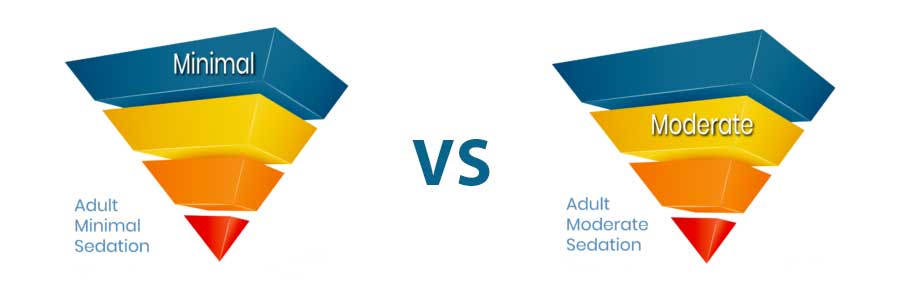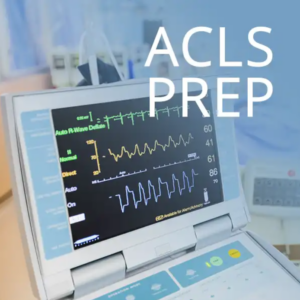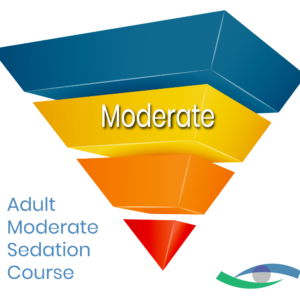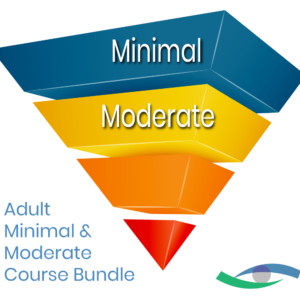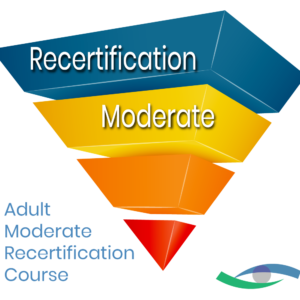In the healthcare field, sedation is a crucial component in performing various procedures. It is important for healthcare practitioners to understand the different levels of sedation and the requirements for each level to ensure the safety of their patients. In this blog post, we will explore the differences between minimal and moderate sedation and the courses offered by the National Safety Council (NSC) to provide a solid foundation for all non-anesthesia healthcare providers.
Minimal Sedation
Minimal sedation, or anxiolysis, is defined by the American Society of Anesthesiologists (ASA) as a level of sedation where the patient is conscious but relaxed and able to respond to verbal commands.
The Minimal Sedation course is a comprehensive training program for healthcare professionals aimed at educating them on the safe administration of procedural sedation.
The course covers various important aspects of sedation, including the levels of sedation defined by the American Society of Anesthesiologists (ASA). Closed loop communication, performing a thorough history and physical, implementing a Time Out are just a few elements of this introduction to sedation and the sedation continuum. Upon completion, healthcare professionals will have a strong foundational knowledge in Adult Minimal Sedation and can perform procedures while ensuring their patients safety. The NSC Foundational Knowledge: Adult Minimal Sedation Course provides standardized education and is designed for practitioners of all levels who participate in sedation.
Moderate Sedation
Moderate sedation, on the other hand, is a level of sedation where the patient is conscious but not fully aware of their surroundings. The NSC Adult Moderate Sedation course is designed for non-anesthesia healthcare practitioners who provide moderate procedural sedation and analgesia (PSA) procedures outside of the operating room. The course builds upon the baseline knowledge provided in the NSC Foundational Knowledge: Adult Minimal Sedation Course and provides scenario-based education to help practitioners effectively manage patients before, during, and after a PSA procedure.
The moderate sedation program includes a post-test, evaluation, and skill verification component. The post-test must be passed with a score of 80% or higher to complete the online portion of the certification process. The skill verification component allows practitioners to apply their knowledge and practice airway assessment, management, and case-based scenarios with a team approach. The course objectives include identifying red flags, creating a plan for moderate sedation, identifying adverse events, and demonstrating knowledge in effectively managing patients.
Understanding the differences between minimal and moderate sedation is crucial for healthcare practitioners to provide safe and effective sedation for their patients. The National Sedation Center offers comprehensive courses to provide a solid foundation for practitioners to provide minimal and moderate sedation. The courses include pre-tests, scenario-based education, post-tests, evaluations, and skill verification components to ensure that practitioners have a complete understanding of the different levels of sedation and how to provide them safely and effectively.

